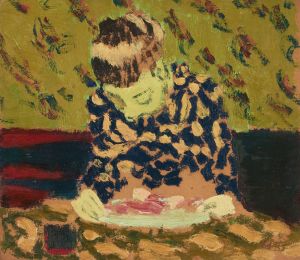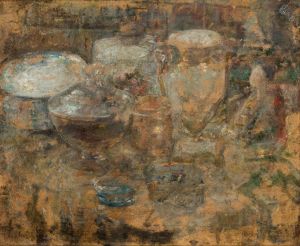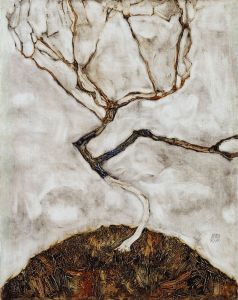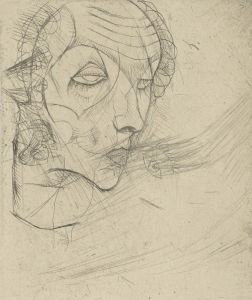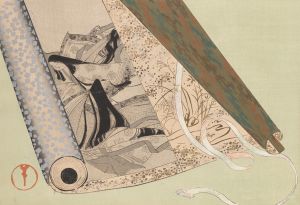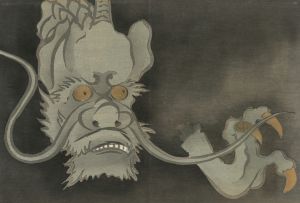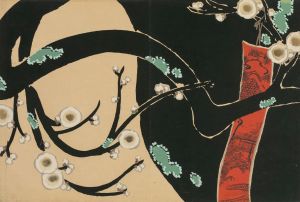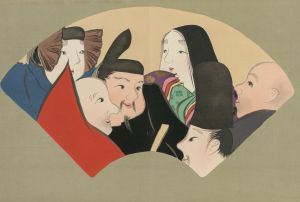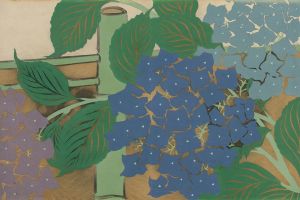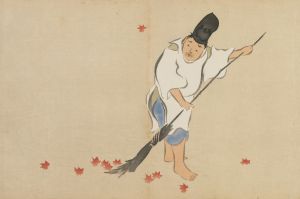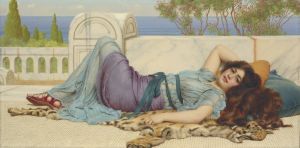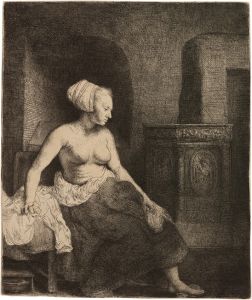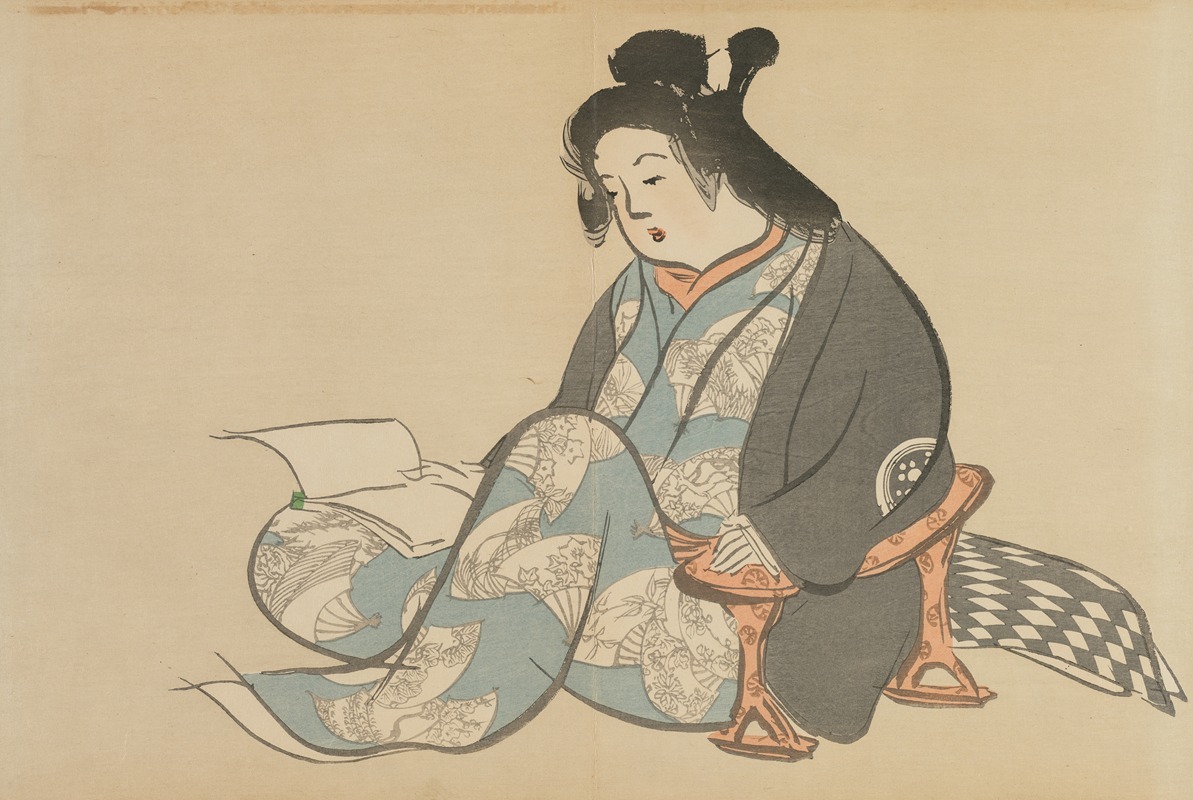
Idleness
A hand-painted replica of Kamisaka Sekka’s masterpiece Idleness, meticulously crafted by professional artists to capture the true essence of the original. Each piece is created with museum-quality canvas and rare mineral pigments, carefully painted by experienced artists with delicate brushstrokes and rich, layered colors to perfectly recreate the texture of the original artwork. Unlike machine-printed reproductions, this hand-painted version brings the painting to life, infused with the artist’s emotions and skill in every stroke. Whether for personal collection or home decoration, it instantly elevates the artistic atmosphere of any space.
Kamisaka Sekka (1866–1942) was a prominent Japanese artist and designer, known for his contributions to the Rinpa school of painting and his influence on modern Japanese art. His work, "Idleness," is a notable example of his artistic style, which blends traditional Japanese aesthetics with modern elements.
Kamisaka Sekka was born in Kyoto, Japan, and he became one of the leading figures in the revival of the Rinpa school, a historical style of Japanese painting that originated in the early 17th century. The Rinpa school is characterized by its use of vibrant colors, bold compositions, and a focus on nature and classical themes. Sekka's work often incorporated these elements, but he also introduced new techniques and ideas that reflected the changing cultural landscape of Japan during the Meiji and Taisho periods.
"Idleness" exemplifies Sekka's ability to merge traditional Japanese art with modern influences. While specific details about the painting "Idleness" are limited, Sekka's body of work typically features a harmonious blend of traditional motifs and contemporary design elements. His art often includes depictions of nature, such as flowers, birds, and landscapes, rendered in a style that emphasizes simplicity and elegance.
Sekka's approach to art was influenced by the broader cultural shifts occurring in Japan during his lifetime. The Meiji Restoration, which began in 1868, marked a period of rapid modernization and Westernization in Japan. Artists like Sekka were exposed to new ideas and techniques from the West, which they integrated into their work while maintaining a connection to traditional Japanese aesthetics.
In addition to his paintings, Kamisaka Sekka was also known for his work in other artistic fields, including textile design, lacquerware, and ceramics. His versatility as an artist contributed to his reputation as a key figure in the development of modern Japanese art. Sekka's designs often featured bold patterns and a keen attention to detail, reflecting his deep appreciation for both the decorative and functional aspects of art.
Sekka's influence extended beyond his own work, as he played a significant role in the education and promotion of the arts in Japan. He taught at the Kyoto Municipal School of Arts and Crafts, where he mentored a new generation of artists and designers. Through his teaching and artistic contributions, Sekka helped to ensure the continuation and evolution of traditional Japanese art forms in a rapidly changing world.
Today, Kamisaka Sekka is celebrated as one of Japan's most important modern artists. His work, including pieces like "Idleness," continues to be admired for its beauty, innovation, and ability to bridge the gap between tradition and modernity. Sekka's legacy is evident in the continued appreciation and study of his art, both in Japan and internationally.





